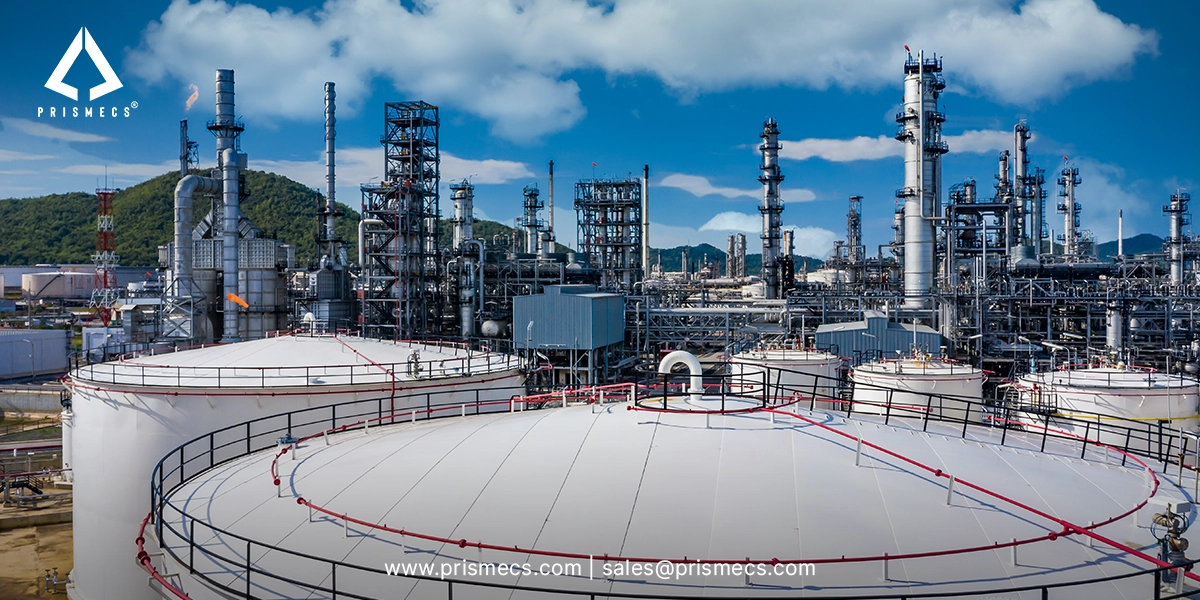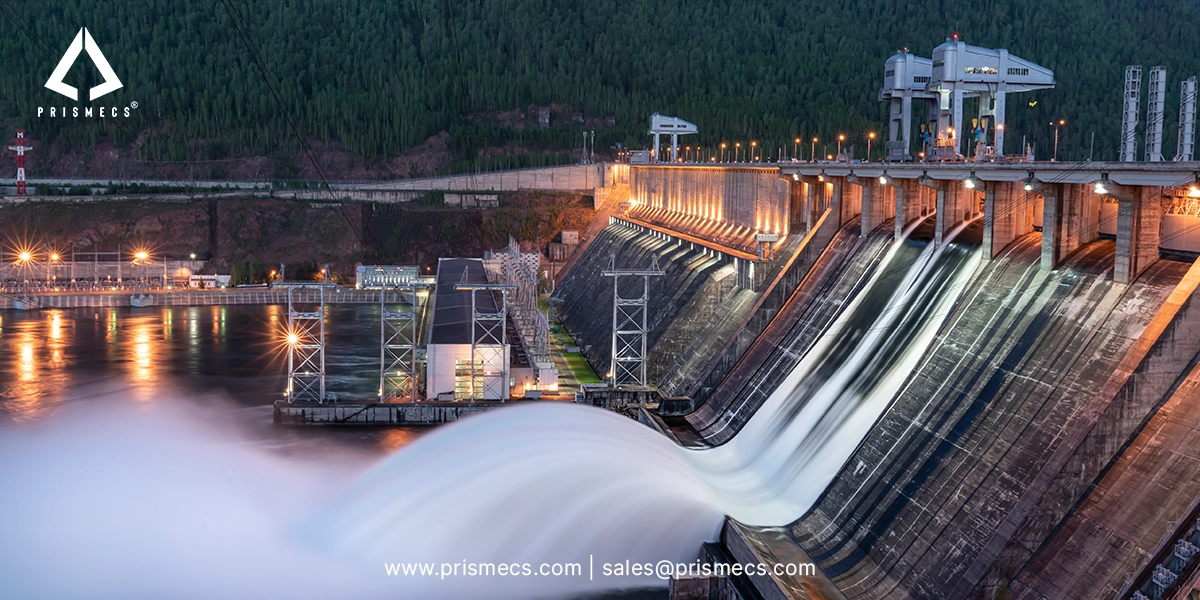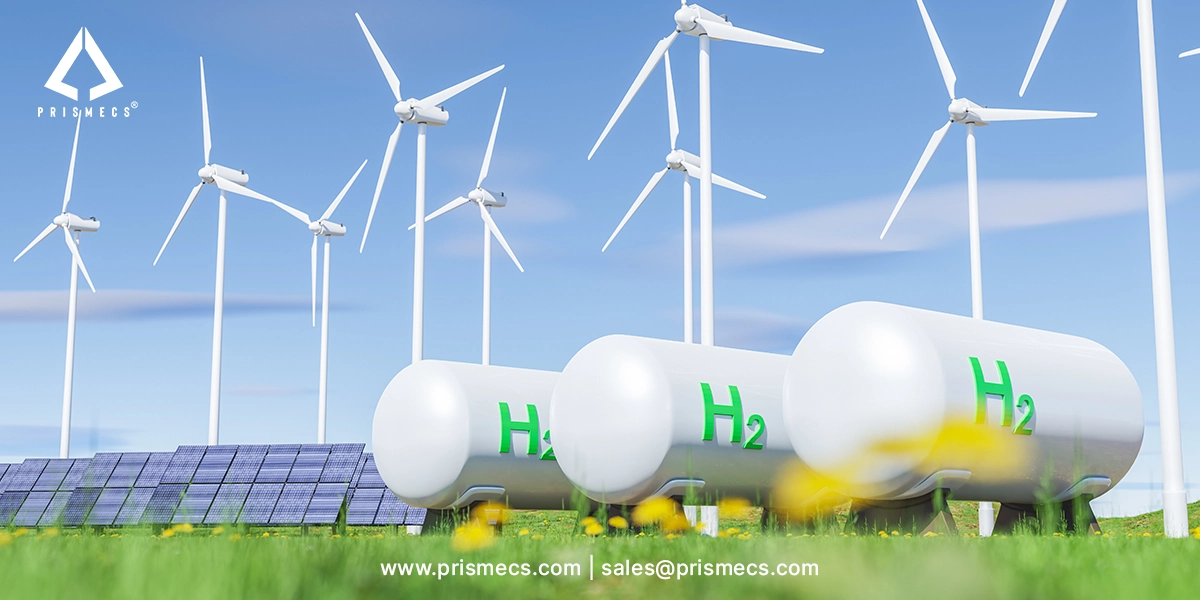
Gas-fired power plants remain one of the most fundamental energy sources today. While their construction and maintenance require significant investments, they continue to be a cost-effective option for large-scale electricity generation. Understanding the financial considerations of these facilities is essential, as they directly impact their viability and long-term success.
Overview of a Thermal Power Plant
A thermal power plant converts thermal energy into electricity. This process involves burning fossil fuels like coal, natural gas, or oil to produce high-pressure steam. Steam drives turbines, which in turn generate electricity. These plants vary in design, ranging from coal-fired facilities to combined-cycle and gas-turbine power stations.
Thermal Power Station Efficiency
The efficiency of a thermal power plant is determined by how effectively it converts heat energy into mechanical energy. Advanced technologies, such as supercritical and ultra-supercritical steam cycles, improve efficiency by operating at higher temperatures and pressures. Modern emissions control systems also help reduce environmental impacts, making these plants more sustainable.
Types of Coal-Based Thermal Power Plants
The role and importance of thermal power plants have been increasing in the U.S. due to the growing demand for electricity and the scarcity of fossil fuels such as gas, oil, etc. In the United States, thermal power plants account for a major portion (more than 70%) of installed capacity, which aligns with our energy needs.
The various types of thermal power plants based on coal can be broadly classified into three categories.
1. Steam Power Generation
2. Combined Cycle Power Generation
3. Gas Turbine Power Generation
1. Steam Power Generation
A thermal power plant converts energy stored in pressurized steam into mechanical work. Most thermal power stations worldwide burn fossil fuels to produce electricity (fossil fuel thermal power stations.
2. Combined Cycle Power Generation
Combined cycle power generation uses two heat engines in tandem to produce electric power. The gas turbine brings a gas stream, such as natural or manufactured gas, up to high temperatures.
A heat recovery steam generator then uses heat from the hot exhaust gases to generate steam, which drives a steam turbine connected to an electrical generator. Using static inverters, power can be taken off both turbines and combined with plant generation at any time.
3. Gas Turbine Power Generation
A gas turbine, or combustion turbine, is an internal combustion engine. It has an upstream rotating compressor coupled to a downstream turbine and a combustion chamber in between. The working fluid in a gas turbine is usually pressurized gas, such as natural gas or propane.
Financial Aspects of Thermal Power Plants
Power generation is one of the most capital-intensive industries. In the thermal power sector, initial fixed capital costs are high, as compared to other sources such as hydro and renewable energy.
- Purchase or construction of a coal mine
- Acquisition of building materials for coal handling system
- Land acquisition (as per legal requirements)
- Setting up water supply systems
- The coal transportation system
Here are some factors that affect the financial aspects of thermal power plants:
Investment Cost
The capital cost can be divided into several categories: typically, construction costs, procurement, transmission, and financing costs. The investment cost for a typical thermal plant with a capacity above 500 MW is approximately US$1.5 billion (about $5 per person in the US) expected to increase due to rising construction prices and interest rates.
Historically, coal-fired plants have had lower costs than oil-fired plants because coal is relatively cheap and abundant. Coal costs are also stable, while oil prices can fluctuate dramatically.
Operating cost
Operating costs are important to track because they show resource consumption. The operating costs of thermal power plants involve all expenditures related to the plant’s primary activity, which is electricity production.
These include daily expenses such as labor, fuel, maintenance, etc. The second set of operational costs is longer-term expenses, also known as fixed costs, which occur regardless of whether the plant runs.
Environmental and Compliance Costs
Regulatory requirements have led to increased expenses related to emission controls, carbon capture systems, and pollution management. In regions like the United States, stringent environmental policies demand cleaner technologies, adding to the overall financial burden.
Fuel Type & Quality Considerations
Fuel is vital to a thermal plant; it determines how much heat and, therefore, electricity it can produce.
The two most popular types of fuel for thermal plants are coal and oil:
- Coal, one of the cheapest forms of fuel, often contains varying amounts of impurities like sulfur.
- Oil is also used as a thermal-plant fuel source, but its use has declined over time due to its high cost compared with other fuels.
When using oil as your thermal plant fuel source, you must consider that it produces more pollution than coal when burned. If your plant doesn’t have an effective emission-control system installed, burning oil can release harmful pollutants into the air.
Balance Energy Generation with Load Requirements
Modern thermal power plants are typically gas or coal-fired to generate electricity for local communities and industries. A thermal plant owner must balance energy generation with load requirements, resulting in a complex decision-making process that impacts plant operations.
Plant managers must predict a facility’s daily demand hourly and even minutely. This requires advanced planning tools to help visualize how much steam is needed on any given day, allowing for more efficient fuel use and other operating costs.
Prismecs is a leading supplier of thermal power plants
Prismecs is a leading supplier of thermal power plants and engineering, procurement & construction company (EPC). Our services include Engineering, Procurement, and Construction (EPC) for all types of energy and power projects, including thermal power plants. We are experienced in the design and execution of coal-based thermal power projects with capacities ranging from 200 MW to 1000 MW.
We also offer turnkey solutions for setting up supercritical steam turbines with capacities ranging from 100 MW to 600 MW. With our international experience in thermal power project execution, we have been instrumental in setting up over 500MW capacities based on supercritical technology. To avail of our services, call us at +1 (888) 774-7632 or email us at sales@prismecs.com.
Tags: Power Thermal Plant Thermal Power Stations Power Generation In Thermal Power Plant What Is Thermal Power Generation Thermal Power Generation What Is Thermal Power Plant What Is A Thermal Power Plant Thermal Power Plants What Is Thermal Power Station How Does A Thermal Power Plant Work Thermal Power Production Thermal Plants Thermal Power Efficiency Thermal Generation Plant Power Station Efficiency Thermal Power Industry Thermal Power Plant What Is Thermal Generation Thermal Power Station
recent posts

Petrochemicals
6 minutes read
Petrochemical EPC Services for Complex Plant Projects
Petrochemical EPC services are designed to manage complex plant projects, brownfield integration, strict regulations, and tight schedules.

Renewables
5 minutes read
How Renewable Energy Systems Work Efficiently
Discover how renewable energy systems work efficiently to provide affordable, zero carbon energy, overcome storage challenges, and power for a sustain...

I and C Services
7 minutes read
Expert Commissioning Services for Safe, Efficient Operations
Learn how expert commissioning services support safe, efficient, and reliable energy operations across complex industrial and power systems.

Green Hydrogen
7 minutes read
Green Hydrogen Plant Technology Guide
Discover how a green hydrogen plant works, its key technologies, and its role in clean energy. Explore solutions for scalable, carbon-free hydrogen pr...